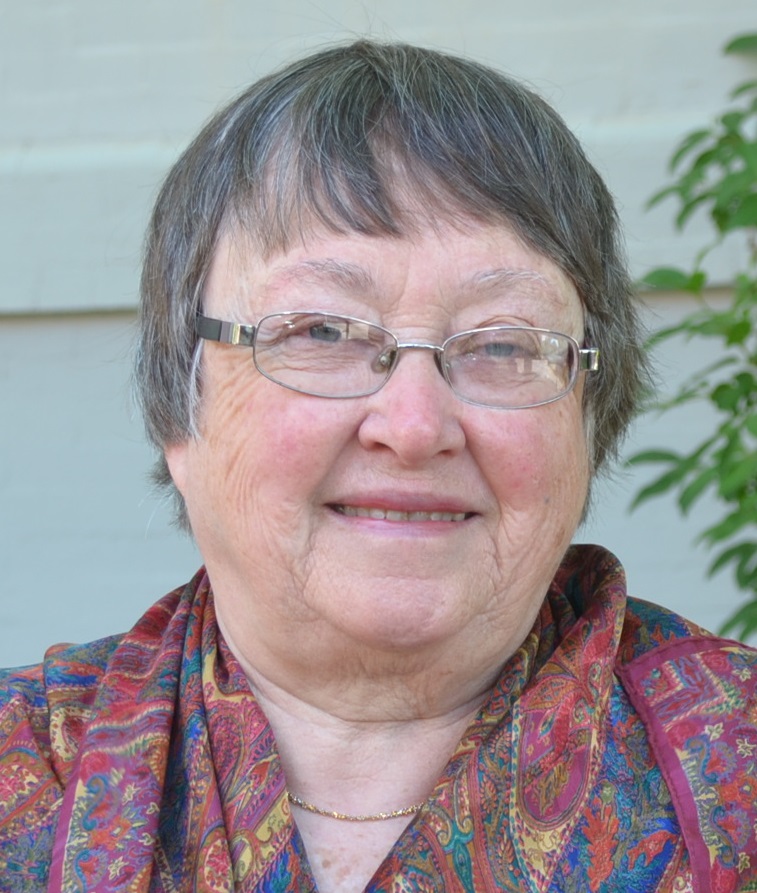
The decade-old statement showed its age and needed considerable revision, for it focused almost exclusively on issues involving research and teaching and failed to acknowledge the ways in which the historical profession had changed in recent years. The 2007 text primarily addressed situations in which public or private authorities attempted to prevent historians from having access to archival materials, hindered all historians’ freedom of movement across national boundaries, tried to censor historians’ teaching or writing, or failed to preserve and protect historical records. The statement said little about historians’ work outside the academy, equally little about non-documentary source material, and nothing about digitization, then just beginning on a large scale.
Some of the changes made were stylistic—eliminating some overlap, clarifying various points, and so forth—but the subcommittee also made numerous substantive alterations, both large and small. For example, the 2007 version declared that the AHA had the “right” to take public positions in certain circumstances, but the 2017 statement has changed that term to “responsibility.” It also has an added paragraph explaining that the AHA can praise individuals or organizations for supporting the work of historians. We inserted explicit references to protections for those working outside the academy or without institutional affiliations, and for historians who might be facing a variety of retaliatory measures for engaging in what the statement termed “legitimate historical inquiry.” The revised statement stresses the need to ascertain the facts of any given case before the Association takes a public position.
The decade-old statement focused almost exclusively on issues involving research and teaching and failed to acknowledge changes in the historical profession.
Before the subcommittee even began serious work on the necessary revisions to Guiding Principles, the AHA confronted a circumstance that the Executive Committee quickly decided required us to take a public stand: President Donald Trump’s ban on travel from seven (later six) largely Muslim countries. Even within the context of the 2007 guidelines, the ban clearly had considerable potential impact on historians, limiting the travel of historians from those countries to the United States to research, teach, or lecture, and probably also affecting American historians’ travel to those same countries for similar reasons. In the midst of chaos at airports and the filing of multiple lawsuits, it also seemed imperative for the Association to issue a comprehensive statement as quickly as possible. Members called to our attention a statement opposing the ban that was circulating among individual scholars in many fields.
Thus Jim Grossman asked an AHA member who was an expert on immigration to the United States to compile some appropriate historical background material, and he asked staff members to gather information about current circumstances—for example, the exact text of the order. The plan was to craft a statement blending two points: the historical importance of immigration to the United States generally and to the historical profession specifically, and the potential impact of Trump’s policy on our students and institutions. President Tyler Stovall prepared a draft, and Jim asked me to focus on editing and polishing, which I did, working for most of a day blending the other contributions with Tyler’s draft. In the end, the statement was approved by the Executive Committee (the president, past president, president-elect, and three vice presidents), which is authorized to act on behalf of the full Council if speed is critical. After two days of intensive work, we issued our statement. We were pleased that eventually more than 50 of the AHA’s affiliated societies also publicly endorsed it.
 The second occasion came following the adoption of the revised Guiding Principles, approved at the June 2017 Council meeting. The new version has broadened the definition of when the AHA can take a public position, including a reference to the ability of the Association to comment when “the role of history in public culture” is at issue. The tragedy in Charlottesville in August, in which a neo-Nazi march through the University of Virginia campus was followed by violence and the death of a counter-protester the next day, soon sparked an extended public discussion that went far beyond the specifics of those events. Print and Internet publications quickly began to focus on the underlying controversy that had in part led to the public confrontations: the question of whether a statue honoring a Confederate leader (in this case, Robert E. Lee) should be removed from a public park. Just a few months earlier, the same arguments had roiled New Orleans after the city council voted to remove four similar statues from like venues.
The second occasion came following the adoption of the revised Guiding Principles, approved at the June 2017 Council meeting. The new version has broadened the definition of when the AHA can take a public position, including a reference to the ability of the Association to comment when “the role of history in public culture” is at issue. The tragedy in Charlottesville in August, in which a neo-Nazi march through the University of Virginia campus was followed by violence and the death of a counter-protester the next day, soon sparked an extended public discussion that went far beyond the specifics of those events. Print and Internet publications quickly began to focus on the underlying controversy that had in part led to the public confrontations: the question of whether a statue honoring a Confederate leader (in this case, Robert E. Lee) should be removed from a public park. Just a few months earlier, the same arguments had roiled New Orleans after the city council voted to remove four similar statues from like venues.
Many individual historians offered their opinions on the subject in the days after the Charlottesville incidents; the AHA asked that members send links to their statements (in op-eds and interviews), and soon a growing number were posted on our website. Meanwhile, an AHA member sent us a thoughtful letter pointing out the dangers of historical ignorance evident in the discussions about Confederate monuments and urging the Association to make a public statement and take action that could provide guidance to educational institutions. The recent revision of Guiding Principles proved valuable, for the statement now explicitly provides that individual members can ask the Association to take a public position on any relevant matter.
Under the new Guiding Principles, individual members can ask the Association to take a public position on any relevant matter.
In this instance, little persuasion was necessary, for Jim Grossman had come to a similar conclusion as the public conversations about the appropriateness of Confederate—and other—public monuments burgeoned in newspapers and online. President Trump, in particular, raised the issue by decrying the “erasing” of “history.” Did removal of statues constitute “erasing history”? What, indeed, was the “history” being referenced? Such questions seemed to demand a response from the AHA. Accordingly, Jim produced the draft of a statement, which Tyler Stovall and I both commented on and amended in extensive e-mail exchanges over several days. This time, speed was not so essential, although we wanted to publish an AHA statement in a timely fashion. After the three of us had a draft we thought worthy of discussion, though by no means perfect, we shared it with other members of the Council. Our colleagues offered many helpful comments and amendments over several more days. The finished statement, unanimously adopted and released publicly on the AHA’s website on August 29, was thus truly a collective effort. It too was endorsed by a number of our affiliated societies and by the Organization of American Historians.
In all three instances, the AHA leadership operated collectively, guided by consensus, whether among the Council as a whole (the revision, the statement on Confederate monuments) or by the Executive Committee alone (the travel ban). I found the process to be civil, fruitful, and, above all, valuable.
Mary Beth Norton is president of the AHA.

This work is licensed under a Creative Commons Attribution-NonCommercial-NoDerivatives 4.0 International License. Attribution must provide author name, article title, Perspectives on History, date of publication, and a link to this page. This license applies only to the article, not to text or images used here by permission.
The American Historical Association welcomes comments in the discussion area below, at AHA Communities, and in letters to the editor. Please read our commenting and letters policy before submitting.
Tags: AHA Activities From the President AHA Leadership Historians and the Public
Comment
Please read our commenting and letters policy before submitting.






